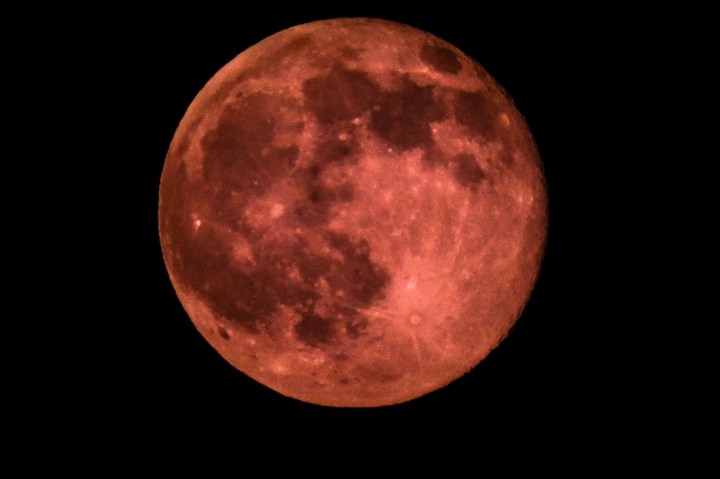
The sun is at its highest point of the year and the moon at its lowest today, and that’s what can cause the moon to be cast in unusual colors. The Algonquin tribes called it a Strawberry Moon because in the U.S. Northeast the beginning of summer kicked off strawberry harvest season, according to the Farmer’s Almanac. In other parts of the world, especially where strawberries aren’t native, it’s sometimes called the Full Rose Moon or the Honey Moon. The actual color is usually more like honey or amber, depending on what’s in the atmosphere.
Strawberry Moons don’t happen often — the last time was in the Northern Hemisphere was in 1967, as it happens, at the kickoff of the Summer of Love. The next time a full moon and the summer solstice occur on the same day will be June 21, 2062.
If you want to watch the summer solstice and the full moon tonight to check out the color, the exact timing isn’t crucial. It’s not like an eclipse that can pass in a minute or two.
Summer officially begins at 6:34 p.m. ET and the full moon has been in effect since 7:02 a.m. ET. So the moon is just waiting for the setting of the sun, which sounds kind of romantic (that whole Summer of Love effect?).
If you can’t get outside to watch the Strawberry Moon, you can catch it on live-stream starting at 6:30 p.m. ET complete with commentary by astronomers from the Farmer’s Almanac and Slooh, an online network of robotic telescopes.



